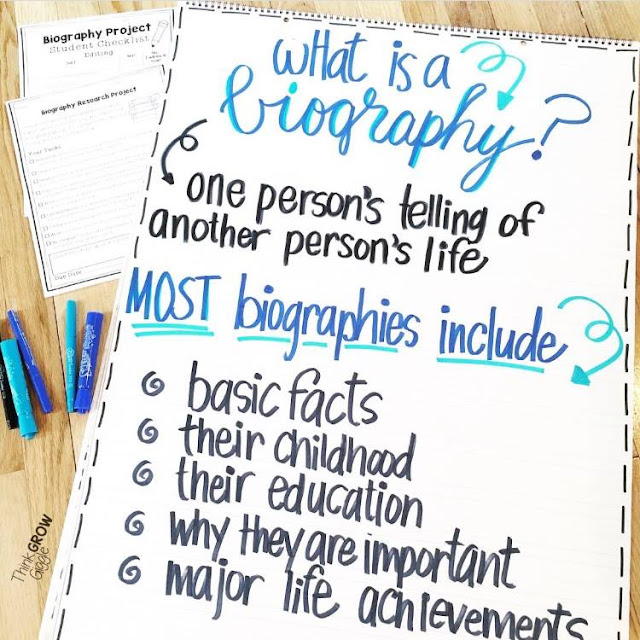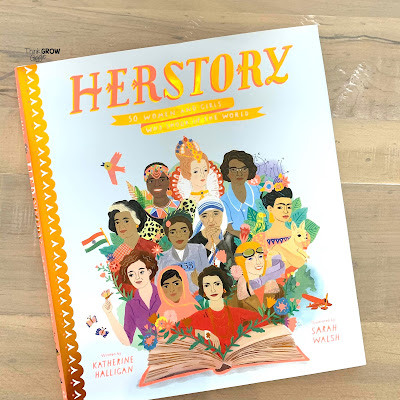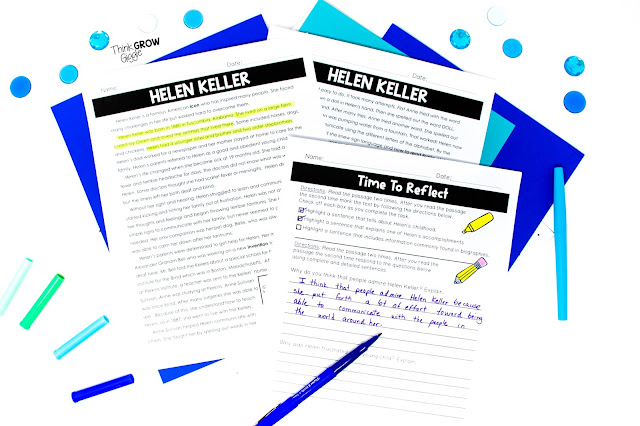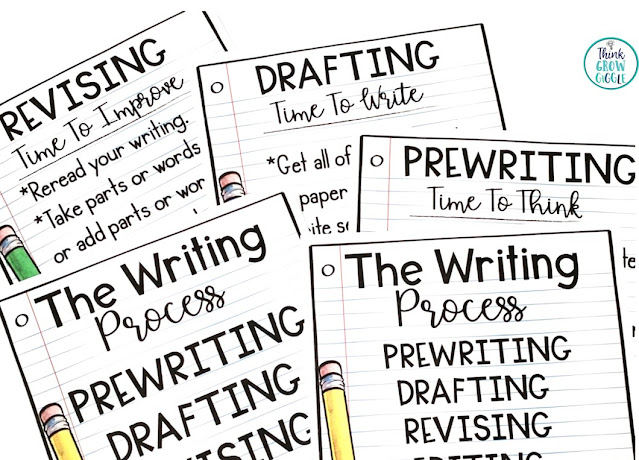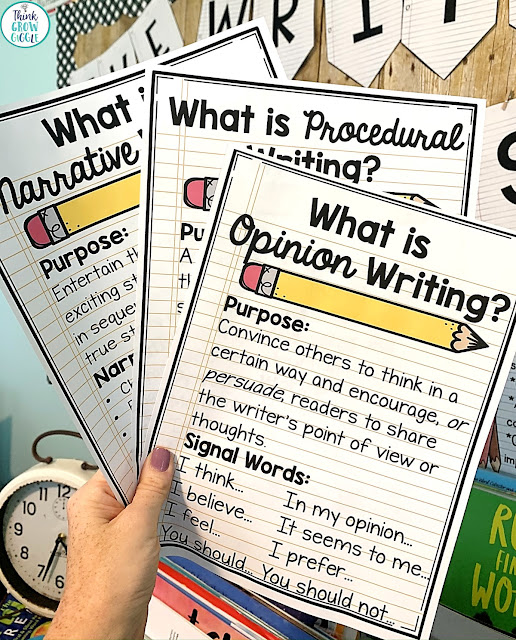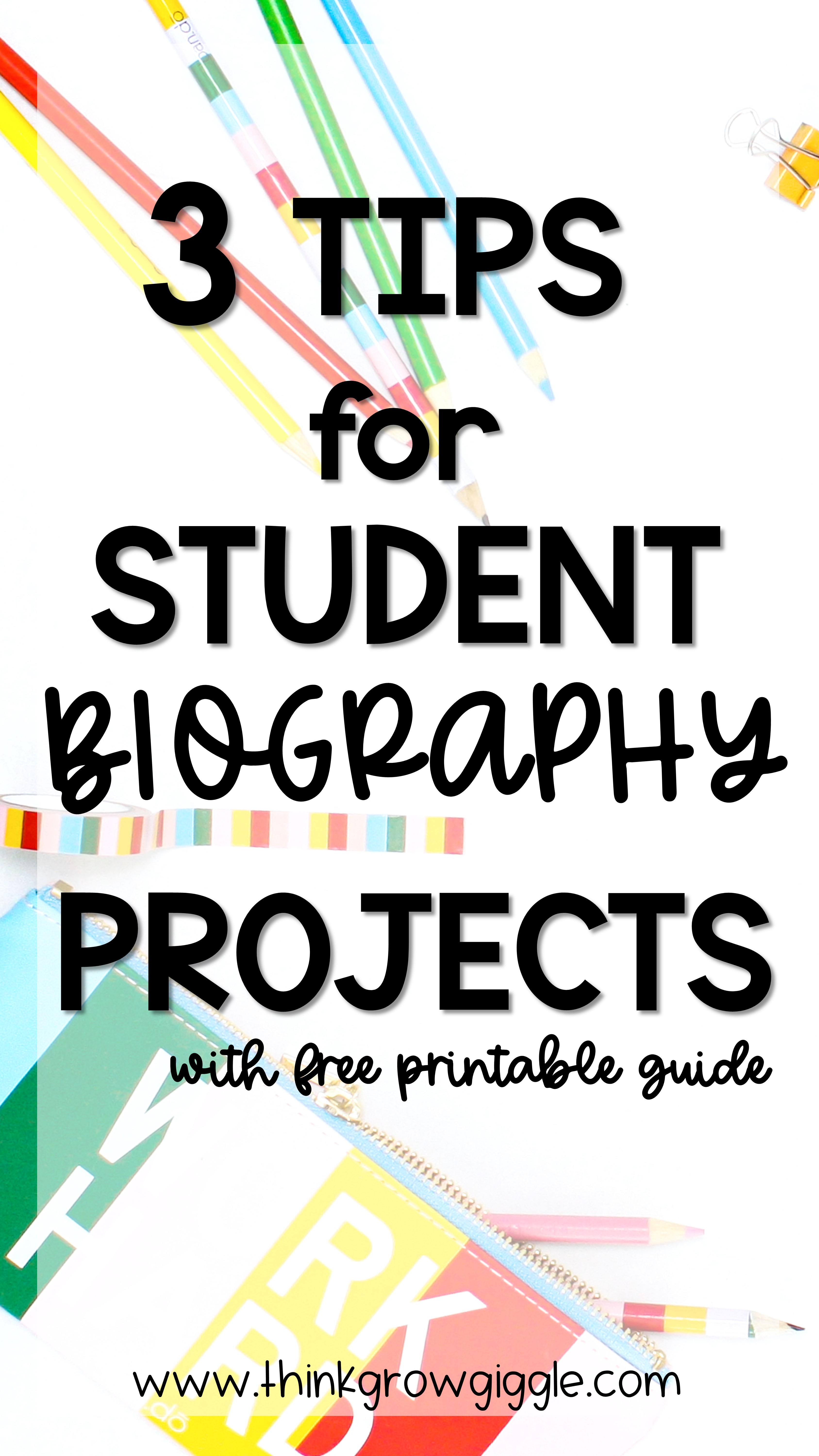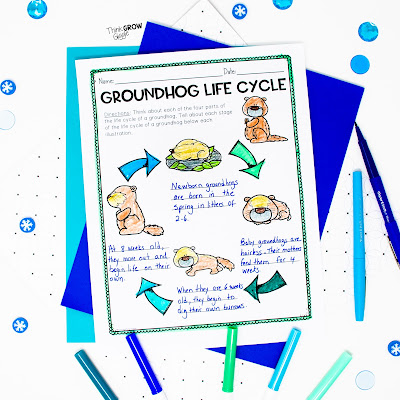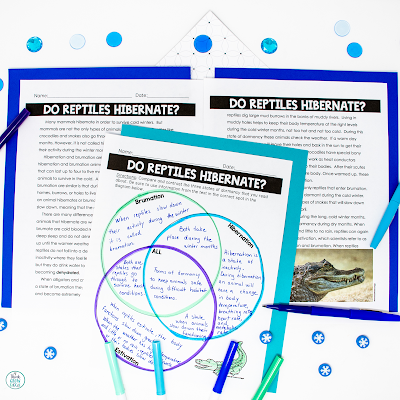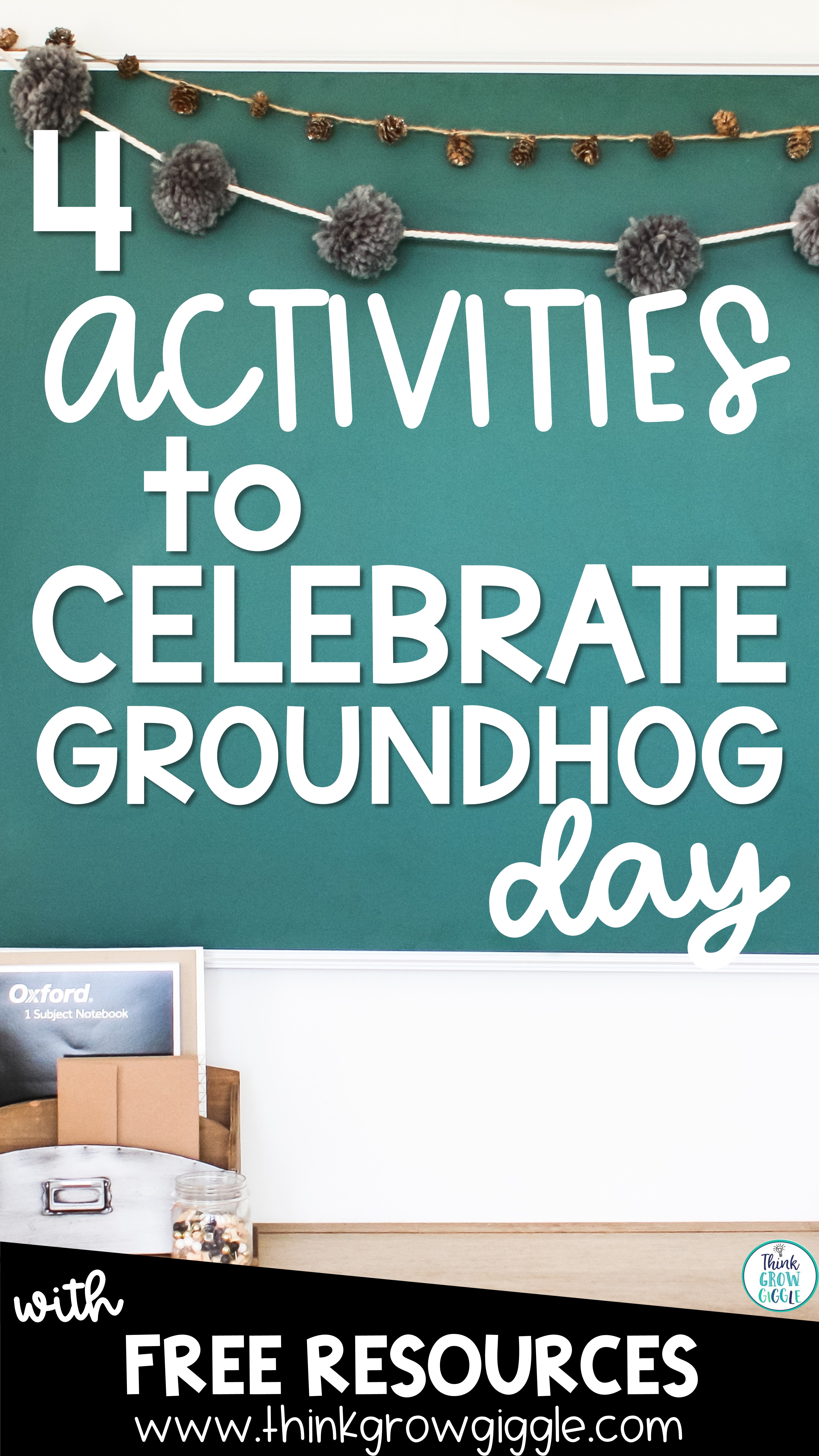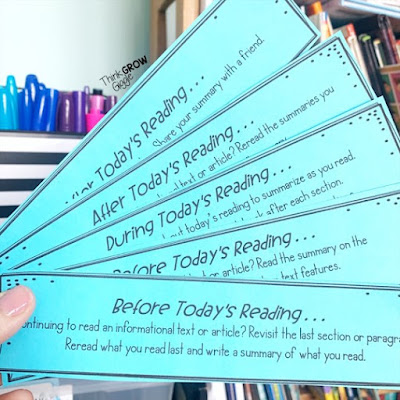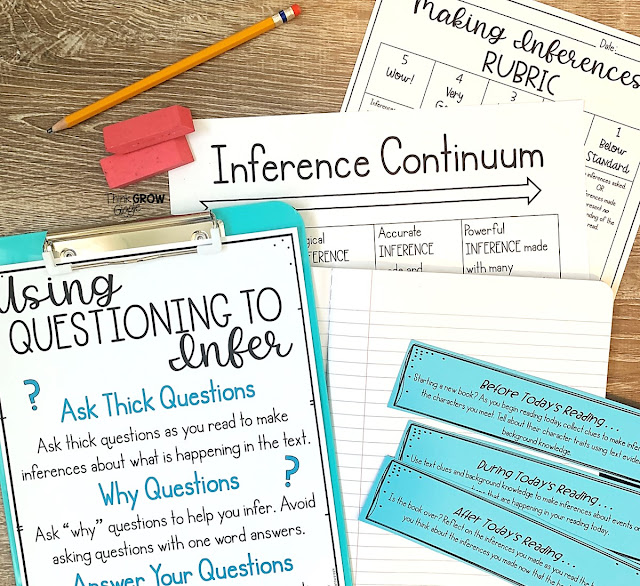When the second half of the school year comes around, it is officially biography season in my classroom!
That is because when the second half of the year comes we shift our focus during reading and writing to nonfiction and informative text. The engagement is instant as kids just love to read nonfiction. After we get our feet with reading a wide range of informative texts, we begin to closely study biographies.
Students LOVE to read about real people and the impact that they have had on the world. Every year students are always so motivated during our biography research project time. Our biography project is the first research project of the year, so it is important to me that I support them every step of the way.
Over the years I have found that by breaking down the process step by step for our biography reports students are not only successful when writing their first research essay of the year, but they are able to take the skills that they learned throughout the unit and apply it to future research projects that we do, like studying endangered animals and National Parks.
Continue to read to find out how I approach teaching BEFORE I expect students to research and write an expository research essay.
1. Break Down Biographies
- are one person's telling about another person's life
- can be about people who have died or are still living
- include basic facts about the person of focus
- include information about the person's education and childhood
- usually tell about problems or struggles that they faced
- describe their major life achievements
Once we have gone over the characteristics found in biographies we get reading so that students can find these characteristics in action.
I start by reading a few short biographies like the ones found in anthologies like this one, Herstory written by Katherine Halligan:
We stop and discuss the elements that we listed on our anchor chart. I have students find examples of struggles, accomplishments, and facts.
Once students have listened to a few biographies, I send them off to annotate a biography article.
Students take highlighters and sticky notes and mark up the text, citing where they found elements of biographies. This activity works well in partnerships so that the students can discuss each element with a peer.
At the close of this first lesson on biographies, I send students off with the task to think about a person that they would like to research. While I do like to encourage students to pick someone they are interested in, I do also guide them on who they select.
I tell my students to pick someone who has had an impact on the world and someone who is not a movie/TV/YouTube star. You can make any rules you want to help guide students or set no rules. I have found that spending a few minutes brainstorming appropriate people to research sets the tone for the whole project. That is why before we wrap up the lesson we brainstorm ten people who would be great to research. This brainstorming is just to get students excited and thinking. They do not have to pick from the brainstormed list.
The next day, after students have had time to think, and discuss it with their families, which I like to have them do, they submit their research request. They simply write their name on a piece of paper and the name of who they want to research and why. This is a great way to get students to pick someone intentionally and reduces repeat research projects. I never allow more than two people to pick the same person.
Grab the FREE form I have students use to request a focus person and guide right here.
2. Bring it Through the Writing Process
It is important to remember to directly teach students how to take notes during their first research project. Before students go off on their own to read and collect information for their reports, I teach students how to take notes. We use T-charts and Boxes and Bullets to help us keep our information organized.
Once students have a good grasp on how to collect information, they are ready to work independently. I assign one topic for research each day. This helps the students stay focused on the daily task and make a research project manageable for upper elementary students. The breakdown I use for each day's research looks like this:
- Day 1: Family Life and Early Childhood
- Day 2: Young Adult Life
- Day 3: Adult Life
- Day 4: Accomplishments
- Day 5: Other Important and Interesting Information
Sometimes days are combined based on what resources students are using to collect information. Once students have collected information for their report, we pause our research and return to the writing process.
Students know that we use the writing process for all of our writing. However, mini-lessons in certain areas specific to informative writing are necessary to help students write their first research project. Mini-lessons I teach before students write that are specific to informative writing include:
- hooking your reader
- paragraph organization
- citing sources
- strong closure to wrap up your writing
Teaching students how to take notes and what to do with their notes helps them successfully write their first research project.
3. Get Student Creative Juices Flowing
- design a PPT presentation
- create a tri-fold handout to teach others
- create a puppet of the person
- design a poster
- prepare a speech as if they were the focus person
- allow students to come up with an idea for their presentation. I have to approve their idea based on the resources and materials we have available in the classroom.
When biography season comes around in your classroom, be sure to follow these tips for success! By breaking down biographies, using what students already know about the writing process, and allowing creative choice when it comes to project displays your students will be engaged, motivated, and write the best biography research projects you have ever seen.
You might be interested in reading:
Looking for more high impact writing resources? Click the HERE.
LOVE these tips? Pin to save!
*affiliate links: “Think Grow Giggle is a participant in the Amazon Services LLC Associates Program, an affiliate advertising program designed to provide a means for sites to earn advertising fees by advertising and linking to Amazon.” (source: Section 5)


